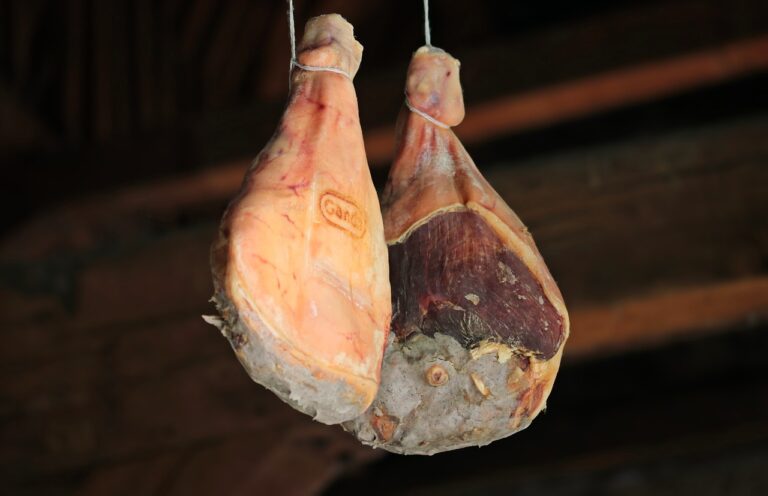Trends in Low-Carb Diets for Institutions: 11xplay com, Laser247, Skylivecasino signup
11xplay com, laser247, Skylivecasino Signup: Low-carb diets have gained popularity in recent years, with many people opting to reduce their carbohydrate intake for various health reasons. This trend has also made its way into institutions such as schools, hospitals, and workplaces, where providing low-carb meal options has become essential to cater to individuals following this dietary preference. In this article, we will explore the trends in low-carb diets for institutions and how they are adapting to meet the needs of their patrons.
Benefits of Low-Carb Diets
Before diving into the trends in low-carb diets for institutions, it’s essential to understand the benefits of reducing carbohydrate intake. Low-carb diets have been linked to weight loss, improved blood sugar control, and reduced risk factors for heart disease. By focusing on consuming protein, healthy fats, and non-starchy vegetables, individuals can experience these health benefits while still enjoying delicious and satisfying meals.
Trends in Low-Carb Diets for Institutions
1. Menu Diversification: Institutions are expanding their menus to include a variety of low-carb options to cater to individuals following this dietary preference. This includes offering salads with lean proteins, vegetable stir-fries, and low-carb wraps or sandwiches using lettuce leaves or alternative flours.
2. Partnership with Local Suppliers: Many institutions are partnering with local farmers and suppliers to source fresh, high-quality ingredients for their low-carb meals. This not only supports the local community but also ensures that the food served is nutritious and free from additives or preservatives.
3. Customization Options: Institutions are offering customization options for their low-carb meals, allowing patrons to choose their protein, vegetables, and sauces to create a personalized dish that fits their dietary needs. This level of flexibility is appreciated by those following a low-carb diet.
4. Education and Awareness: Institutions are providing educational resources and information about the benefits of low-carb diets to raise awareness among their patrons. This includes hosting workshops, seminars, and cooking classes focused on low-carb meal preparation and planning.
5. Online Ordering and Delivery: In response to the growing demand for low-carb meals, institutions are offering online ordering and delivery services for added convenience. This allows individuals to enjoy healthy, low-carb meals without having to leave their homes or workplaces.
6. Collaboration with Nutritionists and Dietitians: Institutions are collaborating with nutritionists and dietitians to develop low-carb meal plans and recipes that are balanced and nutrient-dense. This ensures that patrons receive the necessary dietary guidance to follow a low-carb diet successfully.
7. Labeling and Transparency: Institutions are labeling their menu items with the carbohydrate content to provide transparency and help individuals make informed choices. This eliminates the guesswork and allows patrons to select low-carb options with confidence.
8. Innovation in Meal Preparation: Institutions are innovating their meal preparation techniques to create low-carb versions of traditional dishes. This includes using spiralized vegetables instead of pasta, cauliflower rice in place of white rice, and almond flour for baking purposes.
9. Sustainability and Eco-Friendly Practices: Institutions are incorporating sustainability and eco-friendly practices into their low-carb meal offerings by sourcing organic ingredients, reducing food waste, and using compostable packaging. This aligns with the growing emphasis on environmental responsibility in the food industry.
10. Community Engagement: Institutions are engaging with their communities by hosting low-carb cooking contests, challenges, and events to promote healthy eating habits and foster a sense of camaraderie among patrons. This interactive approach encourages individuals to explore low-carb options and get creative in the kitchen.
FAQs (Frequently Asked Questions)
Q: Are low-carb diets suitable for everyone?
A: While low-carb diets can be beneficial for some individuals, it’s essential to consult with a healthcare provider or nutritionist before making significant dietary changes, especially if you have pre-existing health conditions or nutritional concerns.
Q: Can I still enjoy tasty meals on a low-carb diet?
A: Absolutely! There are plenty of delicious and satisfying low-carb recipes available that focus on whole, unprocessed foods. By getting creative with ingredients and flavors, you can enjoy a wide variety of tasty meals while following a low-carb diet.
Q: How do I know if a meal is low-carb?
A: Look for menu items that are predominantly made up of protein, healthy fats, and non-starchy vegetables, with minimal added sugars or refined carbohydrates. You can also ask for the carbohydrate content of a dish if it’s not readily available on the menu.
Q: Can I still dine out while following a low-carb diet?
A: Yes, many restaurants and institutions now offer low-carb options on their menus, making it easier to dine out while following a low-carb diet. You can also request modifications to existing menu items to make them more low-carb friendly.
Q: What are some common pitfalls to avoid on a low-carb diet?
A: Some common pitfalls to avoid on a low-carb diet include relying too heavily on processed low-carb products, neglecting to include a variety of vegetables in your meals, and not staying properly hydrated. It’s essential to focus on whole, nutrient-dense foods to reap the full benefits of a low-carb diet.
In conclusion, the trends in low-carb diets for institutions are evolving to meet the demands of individuals seeking healthy, low-carb meal options. By diversifying menus, partnering with local suppliers, offering customization options, and focusing on education and transparency, institutions can provide patrons with nutritious and satisfying low-carb meals. With the continued emphasis on innovation, sustainability, and community engagement, the future of low-carb diets in institutions looks promising for those looking to maintain a healthy lifestyle.







